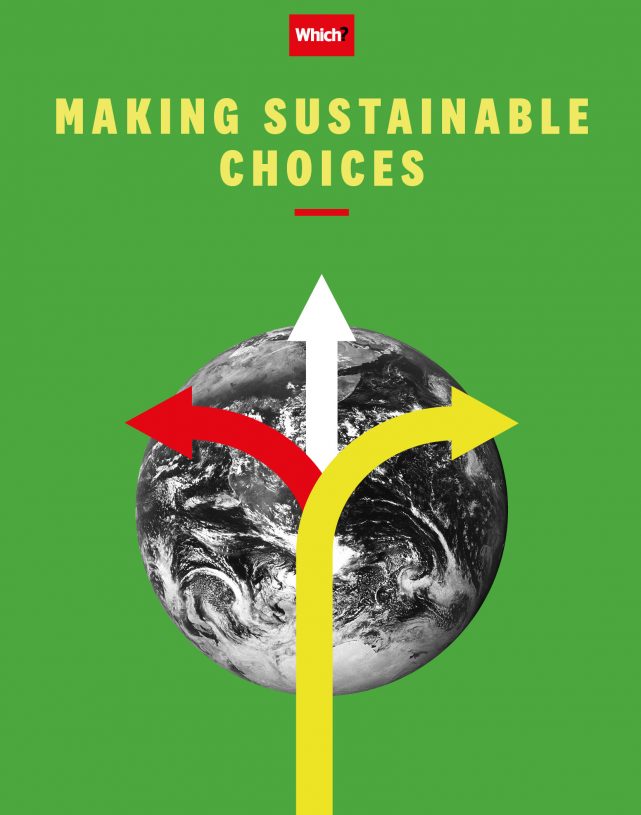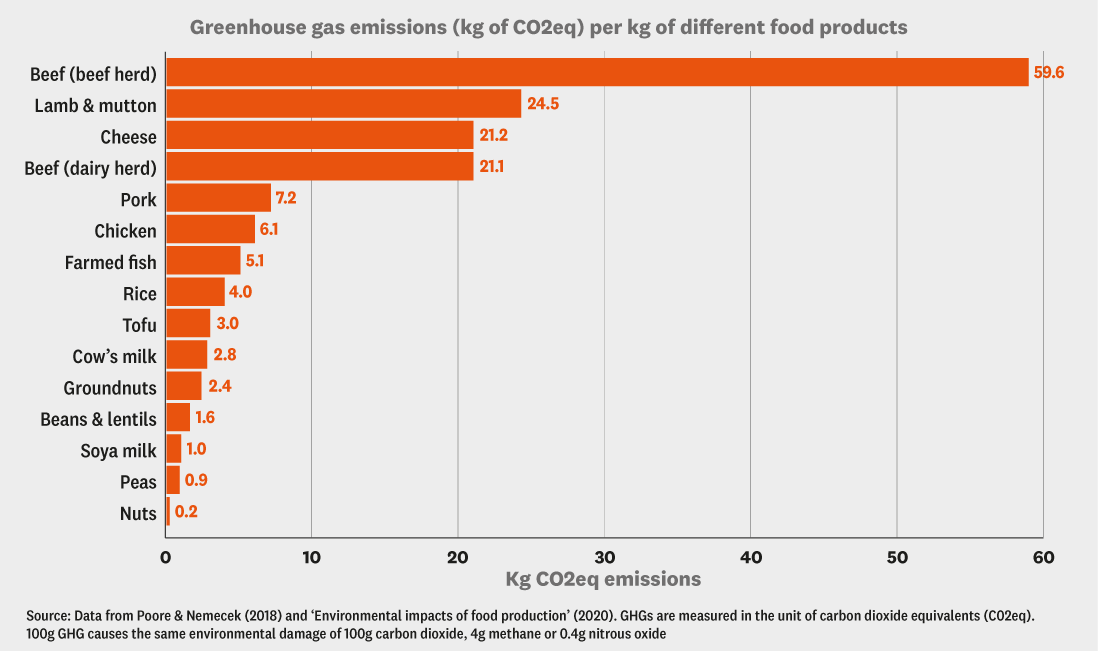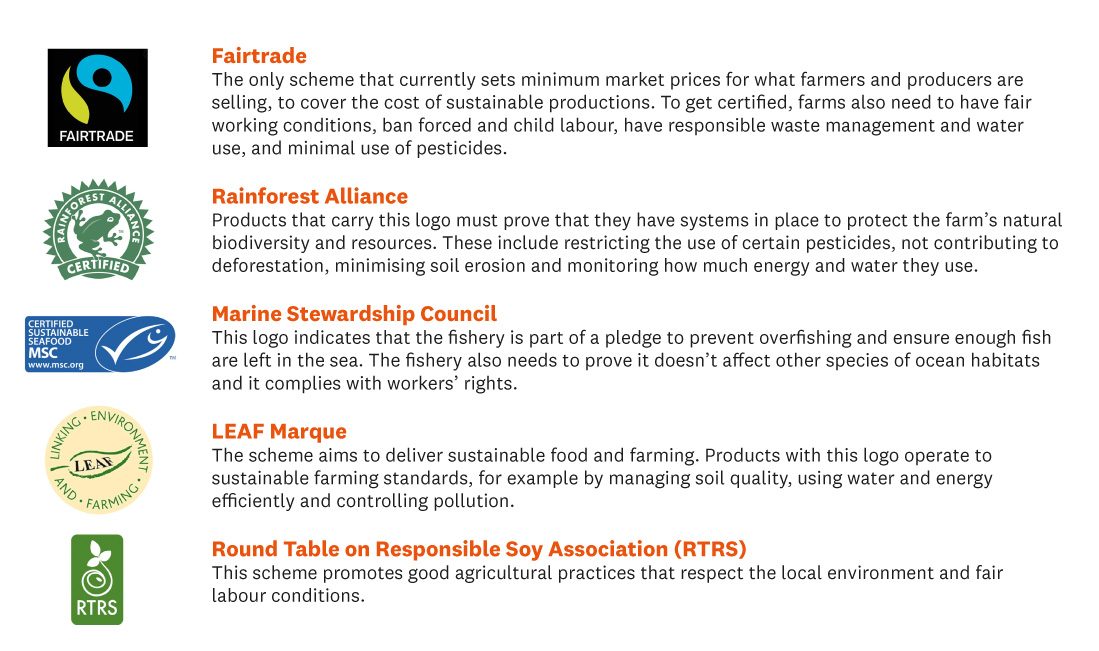User guide
Finding your way around the guide
To navigate between pages, click or tap the arrows to go forwards to the next page or backwards to the previous one. The arrows can be found either side of the page and at the bottom, too (circled in green, below).


Menu/table of contents
Click or tap on the three horizontal lines in the top-right of your screen to open the main menu/table of contents. This icon is always visible whether you're using a computer, tablet or smartphone. The menu will open on top of the page you’re on. Click on any section title to visit that section. Click the cross at any time to close the table of contents.
Text size
On a computer, you'll see three different sized letter 'A's in the top-right of your screen. On a smartphone or tablet these are visible when you open the menu (see above). If you’re having trouble reading the guide, click or tap on each of the different 'A's to change the size of the text to suit you.
Pictures
On some images you'll see a blue double-ended arrow icon. Clicking or tapping on this will expand the picture so you can see more detail. Click or tap on the blue cross to close the expanded image.
Where we think a group of images will be most useful to you, we've grouped them together in an image gallery. Simply use the blue left and right arrows to scroll through the carousel of pictures.
Links
If you see a word or phrase that's bold and dark blue, you can click or tap on it to find out more. The relevant website will open in a new tab.
Jargon
If you see a word or phrase underlined, click or tap on the word and small window will pop up with a short explanation. Close this pop-up by clicking or tapping the cross in the corner.
Help
On a computer, you'll see a question mark icon in the top-right of your screen. On a smartphone or tablet this is visible when you open the menu (see above).
Clicking or tapping on the question mark will open this user guide. It opens on top of the page you're on and you can close it any time by clicking or tapping the cross in the top-right corner.

Decide what's for dinner
The good news is that you can make mealtimes more eco-friendly without having to compromise on choice or taste
All foods have an environmental impact, but eating more sustainably is not as difficult as you might think. Did you know that eating beef one or two times a week over a year has the same environmental impact as a return flight from London to Malaga? Small actions make a big difference and, importantly, it doesn't have to be all or nothing.
Simply planning your weekly meals to include more seasonal vegetables and fruit grown in the UK is one option. Or, instead of following a meat recipe every evening, at least once a week aim to have a plant-based meal using pulses, legumes, tofu, quorn or a soya mince in place of animal products. Meat-free alternatives are a great way to do this – read up on our reviews of the best vegan burgers and the best vegan and vegetarian sausages to find out which to go for.
Know your food's carbon footprint
Animal products have a higher carbon footprint Carbon footprintThe amount of carbon dioxide (or the equivalent in other greenhouse gases) released into the atmosphere as a result of the activities of an individual or organisation than plant foods thanks to the way animals are farmed and the methane they expel, along with fertilisers used on the land and everything that goes into growing their feed. So take a look at what's on your plate. Producing 1kg of beef creates 59.6kg of greenhouse gases Greenhouse gasNaturally and human-produced gases, including carbon dioxide, that trap heat in the atmosphere and warm the Earth’s surface, contributing to global warming and 1kg of cheese creates 21.2kg. At the other end of the scale, peas and nuts create less than 1kg of greenhouse gases per kilo. Swap some of the items at the top of this table for others lower down and you’ll be making a difference.

However, carbon footprint shouldn't be your sole consideration. Land and water use also increase the environmental impact of what we eat and drink.
Got milk?
Although more plant-based milk substitutes are appearing on supermarket shelves, it’s worth noting that some of these products also take their toll on the environment and there are several factors to consider. Almond milk, for example, has a low carbon footprint, yet its water footprint is very high – 15 gallons of water are needed to grow just 16 almonds. Soya has been scrutinised in recent years as a crop heavily linked to the deforestation of the Amazon rainforest, but most soya milk brands available in the UK exclusively source their soyabeans from the USA, Canada or Europe, meaning it has one of the lowest overall impacts.
Decode food sustainability labels
Do you know how to choose more ethical products? Our A to Z guide covers all the sustainability, animal welfare and food certification schemes you might find on food packaging and here are five of the most familiar:

Whether you’ve an allotment, raised beds at the end of the garden or a few pots on a sunny patio or windowsill, it’s amazing what fruit, vegetables and herbs you can grow at home.
For inspiration and top tips, read the Which? Gardening grow your own advice guides.

